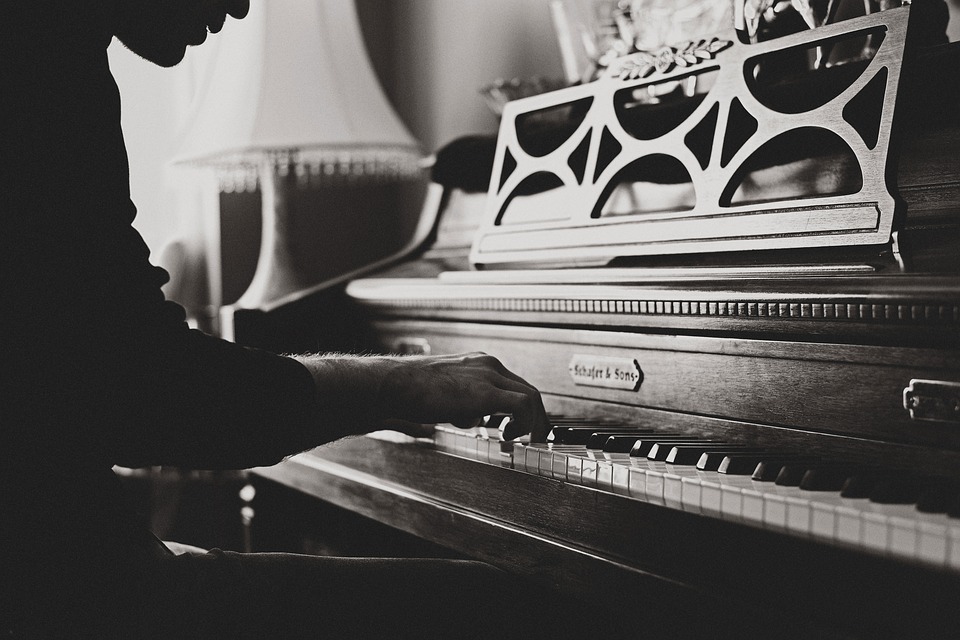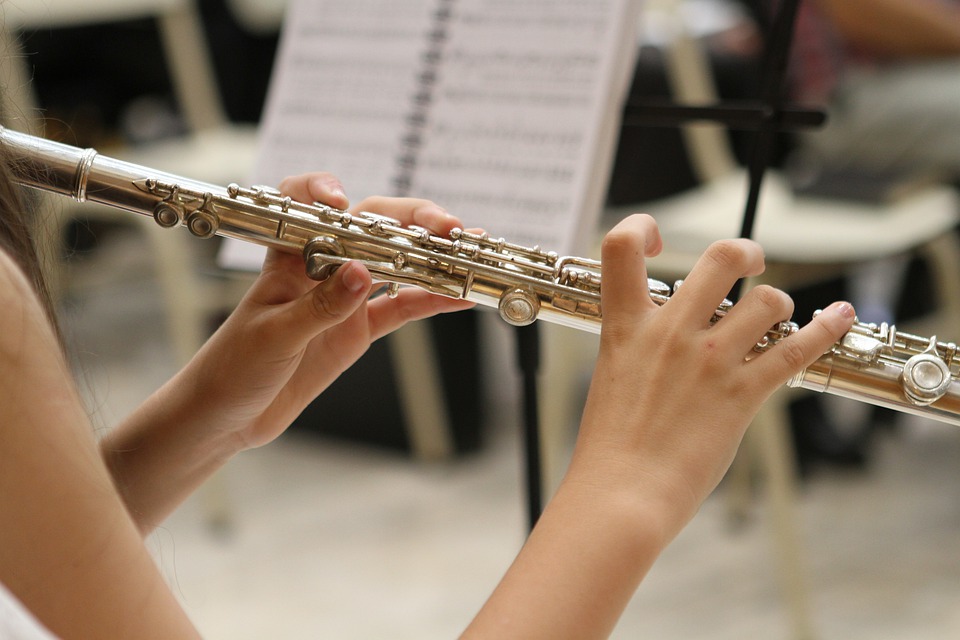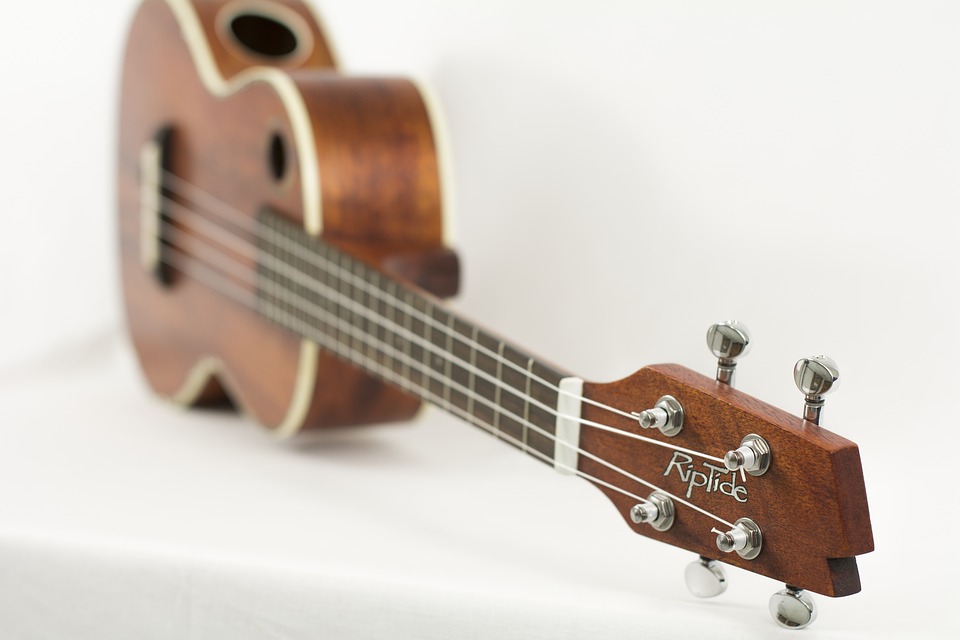Unfortunately, it is not possible to learn how to tune a piano immediately after reading a text manual. In this case, practice and observation are required above all. All of this only comes with time. Furthermore, instructions can often differ or even contradict each other. Each technician has his own unique, inimitable method.
It is important to understand that the tuner’s main task is to organize an extremely stable string with the correct pitch ratios. It is necessary to achieve a result where the string retains its original tension level, even when the piano keys are pressed vigorously. This characteristic has its own unique nature, which differs, for example, from the stability of the piano string as a whole. This characteristic can be affected by various external factors. These can include temperature fluctuations, humidity dynamics, and so on. In the case of a highly stable string, the element can be tuned fundamentally wrong, causing the string line to be deformed after only a few keystrokes.

The stability of the strings is conditioned by several factors at once. Let’s consider these details in detail. Generally, they can be divided into 3 components:
- This is the unused component of the part, which is located in the space between the pin and the agraffe.
- The working component, whose vibrations cause the hammer to strike.
- The non-working component, which is located below. Namely, it occupies the space between the two pins: the peg and the cast-iron frame.
Sometimes the tension of the string has an uneven character. This occurs at the moment of winding on the whorl because of the friction in those places where the working component of the part is cut off. Initially the tension “strikes” the first component, which we have discussed below, then covers the second and then the third non-working component. To prevent uneven distribution of tension due to hammer blows, a number of steps must be taken.
In this case, a slight tug on the string will help, at which time you will press down hard on the keys. This manipulation will provide a uniform distribution of tension throughout the string as a whole.
Also take into consideration the elasticity of the whorl. As you know, it is hammered into the base of the virbelbank, which is created from wood. During the tuning process, the part of the whorl that is fixed in the whorlbank will rotate at a slower rate than the outermost part, which serves as the base for winding the string on it. Such a situation is called a winetail warp.
It is for this reason that fine tuning involves not rotating the pin by exerting pressure on this piece. In addition, in order for the string to be extremely stable, it is necessary to ensure a competent final positioning of the whorl. Specialists advise that it be set so that by the end of the tuning procedure, the part is tilted downward just a little bit. This is necessary so that it can maintain a stable position even with very strong and powerful pressings on the piano keys, which in any case would provoke too much string tension.
When tuning, the pin can be subjected to rotation, pressure, as well as creating bends. The latter method is considered very controversial. However, it is often used by tuners abroad because it is considered extremely accurate and effective. The process is carried out as follows: you need to bend the whorl just a little bit, using a special key, and make strokes on the key, listening to the string beats. The procedure must be carried out with the utmost care, as otherwise it is possible to damage the fastener. The final position of the pin should be such that it is possible to compensate for the string tension, giving it its original position.
Important detail: at all stages of tuning, the string must be carefully listened to. If this is not done, the process will simply be ineffective and will not produce the desired result.





